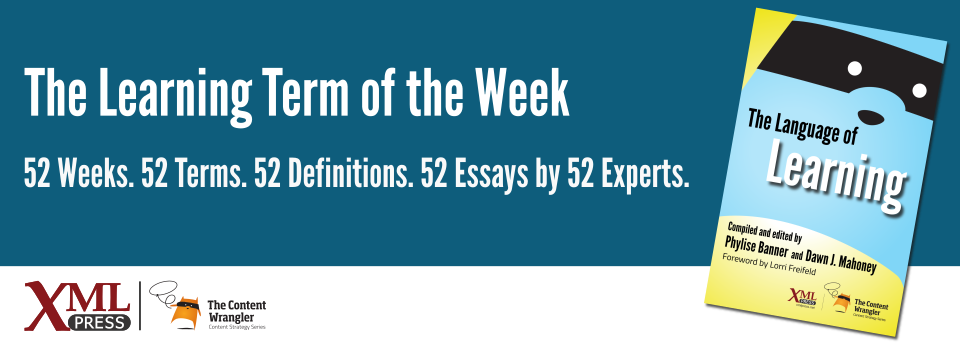What is it?
A methodology for improving the performance of individuals and organizations. Human performance improvement (HPI) looks for performance gaps, analyzes root causes, and helps you create a plan that produces sustainable performance improvements.
Why is it important?
HPI is a systematic process that improves your ability to identify and address the root causes of performance issues. It helps you build effective partnerships and allocate resources to create lasting solutions to performance problems. The HPI process is multidimensional, addressing issues such as learning gaps, organizational culture, leadership issues, rewards and recognition, and other barriers to desired performance.
Why does a business professional need to know this?
In today’s highly interconnected, fast-changing organizational environment, addressing pressing challenges and opportunities requires a multi-faceted approach. Enter human performance improvement, a process that enables you to better understand root causes and deploy a systems approach to create end-to-end solutions that produce sustainable performance improvement.
Overview of the process:
- Clarify priorities: Define how the problem or opportunity fits into your strategic mission, what the desired outcomes are, what success should look like, and how to create alignment with strategic priorities.
- Conduct a root-cause analysis: Address the question of what the current performance problem is, what factors created it, and what an effective desired outcome looks like.
- Define key roles, stakeholders, and actions to build commitment: Lasting change comes from a coalition of stakeholders. Identify clients, sponsors, and key stakeholders, and determine their level of commitment to change.
- Create a project plan: Identify timelines, trade-offs, action steps, key resources and dependencies, potential risks and mitigation. Define shared responsibilities, expectations and clarity regarding how success will be measured.
- Implement defined solution(s): Keep stakeholders informed, identify key trade-offs, and be clear about what, why, how, and when each player contributes to change.
- Measure outcomes: Based upon agreed-to success criteria from the first step, capture data to tell the story of results achieved. Define what is needed to sustain success.
- Conduct an after-action review: Capture learnings from the initiative and use them to improve in the future.
Engaging in a human performance improvement project can solve organizational problems more effectively, build traction, and create productive win/win relationships.
References
- (Ross 2017) What is Human Performance Improvement?: Ross, Chris. (2017). Association for Talent Development.
- (ATD 1998) Fundamentals of HPI: Association for Talent Development. (1998). Requires subscription or purchase.
- (Rice 2020) Human Performance Improvement: Keeping an Eye on Results in a World of Wants and Needs: Rice, David. (2020). HR Exchange Network.








